The choice between SQL and NoSQL databases remains crucial for companies and developers in the ever-changing world of data management. In order to meet different needs and use cases, each type offers special strengths and capabilities. It’s critical to comprehend the attributes, advantages, and best uses of the top NoSQL and SQL databases as we go ahead to 2024. This guide helps you make an informed choice for your data management requirements by giving you a thorough rundown of the best databases in each area.
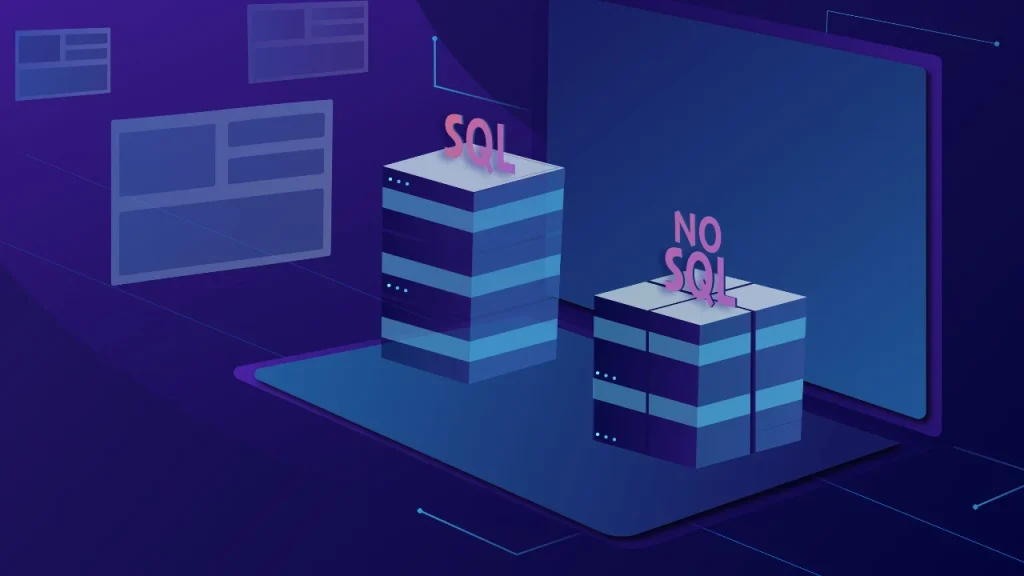
Top SQL Databases in 2024
1. MySQL
Features:
- Open-source with a large community and extensive documentation.
- ACID compliance, ensuring reliable transactions.
- Cross-platform support, available on Windows, Linux, and macOS.
- Replication and clustering capabilities for high availability.
Use Cases:
- Web applications, especially LAMP stack deployments.
- E-commerce platforms and content management systems.
- Applications requiring robust data integrity and complex querying.
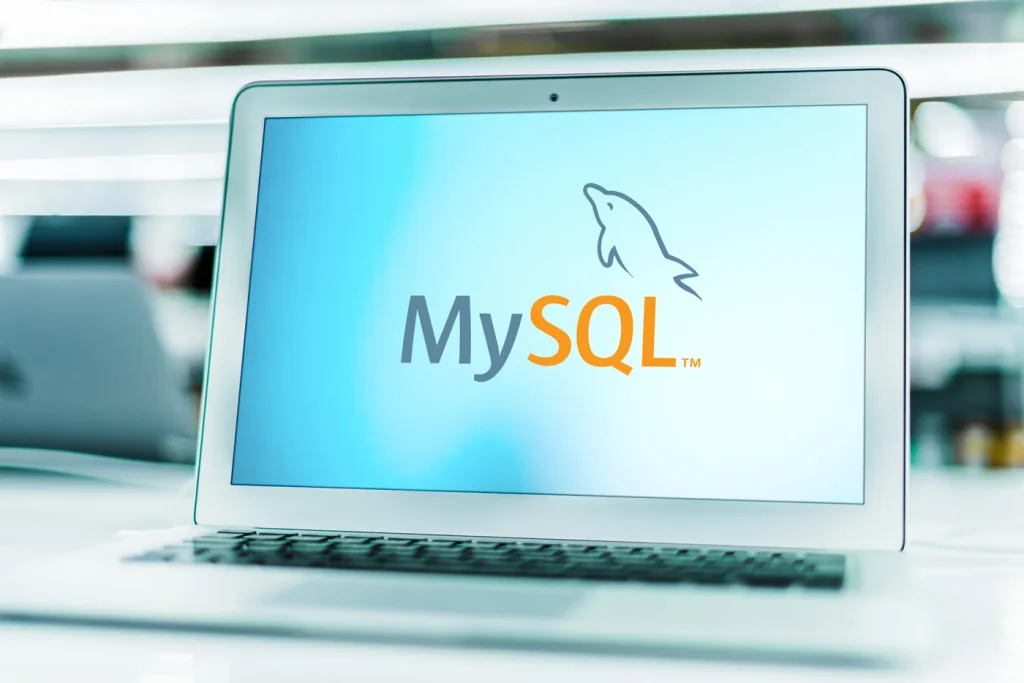
Why Choose MySQL: Reliability, user-friendliness, and robust community support have made MySQL a popular option for many different kinds of applications. It is perfect for financial services and e-commerce because of its capacity to manage intricate transactions.
2. PostgreSQL
Features:
- Open-source with strong community and enterprise backing.
- Advanced SQL support, including custom types, functions, and triggers.
- ACID compliance and full-text search capabilities.
- Extensibility, allowing custom functions and data types.
Use Cases:
- Complex data analytics and reporting.
- Geospatial applications, leveraging the PostGIS extension.
- Applications needing strict data consistency and complex transactions.
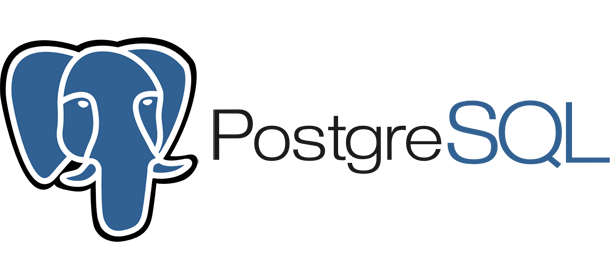
Why Choose PostgreSQL: PostgreSQL is well known for its sophisticated functionality and adaptability, which make it ideal for intricate, data-intensive applications. For applications needing a lot of data processing and unique database behavior, it’s a great option.
3. Oracle Database
Features:
- Comprehensive enterprise features, including robust security, high availability, and scalability.
- ACID compliance with advanced transaction management.
- Advanced analytics, including machine learning and data mining tools.
- Support for multiple data models, including relational, JSON, XML, and more.
Use Cases:
- Large-scale enterprise applications.
- Financial services and government applications with high security and compliance needs.
- Applications requiring advanced analytics and data warehousing.
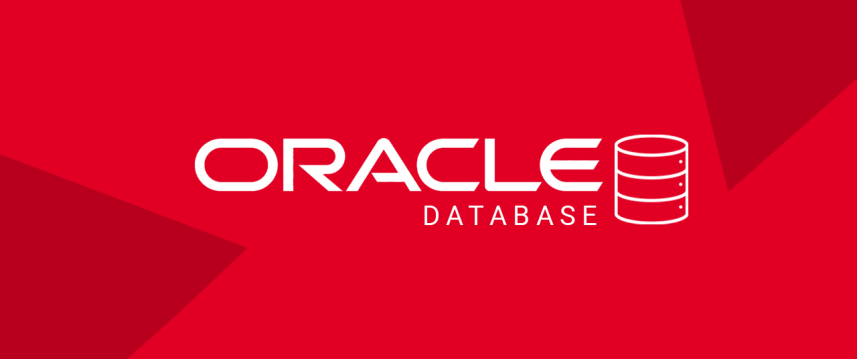
Why Choose Oracle: For enterprise-level applications that demand high security, speed, and sophisticated analytics, Oracle Database is the preferred option. Because of its many functionalities, it is appropriate for large enterprises with intricate data requirements.
Top NoSQL Databases in 2024
1. MongoDB
Features:
- Document-oriented, storing data in flexible, JSON-like BSON format.
- Scalability, with built-in sharding and replication.
- Rich query language and indexing support.
- Multi-cloud support, with a robust ecosystem and community.
Use Cases:
- Content management and social networks.
- Real-time analytics and big data applications.
- Internet of Things (IoT) and mobile applications.
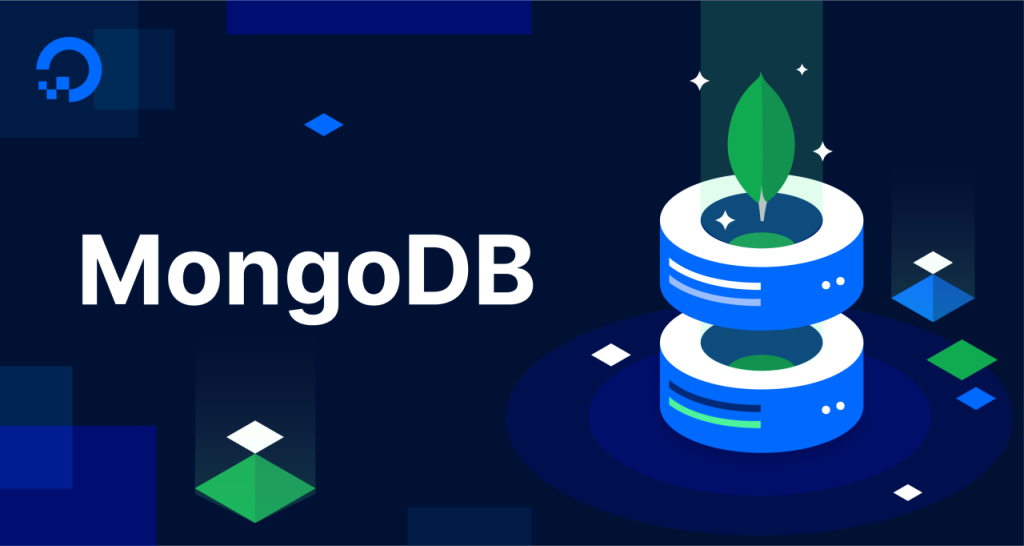
Why Choose MongoDB: Because of its scalability and versatility, MongoDB is an excellent option for applications that handle large amounts of data and a variety of data structures. Big data applications and real-time analytics are two areas in which it excels.
2. Cassandra
Features:
- Wide-column store, optimized for write-heavy workloads.
- High availability and fault tolerance, with no single point of failure.
- Scalability, with seamless horizontal scaling.
- Strong support for time-series data.
Use Cases:
- Real-time data processing and analytics.
- Distributed databases with high write throughput.
- Applications requiring high availability, such as e-commerce and online services.
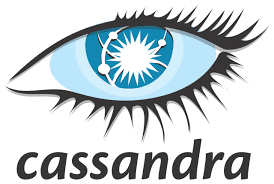
Why Choose Cassandra: Applications requiring scalability and high availability are best suited for Cassandra. Its architecture is ideal for real-time data applications since it can handle enormous volumes of data quickly and read/write.
3. Redis
Features:
- In-memory data store, offering extremely low latency.
- Data structures, including strings, hashes, lists, sets, and sorted sets.
- Persistence options, including snapshots and AOF (Append Only File).
- High availability and clustering support.
Use Cases:
- Caching and session storage.
- Real-time analytics and leaderboard applications.
- Pub/Sub messaging and task queuing.
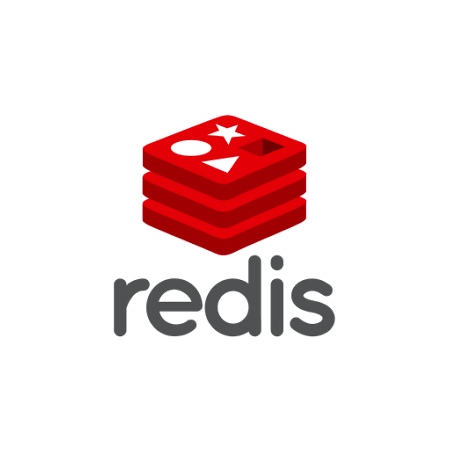
Why Choose Redis: Redis is renowned for being quick and flexible. Because it is an in-memory data store, it is ideal for applications like caching, session management, and real-time analytics that need quick access to data.
Comparison and Conclusion
The selection between NoSQL and SQL databases, as well as the particular choices within each category, is contingent upon the needs of your application. Structured data, intricate transactions, and stringent consistency are areas in which SQL databases such as PostgreSQL, MySQL, and Oracle shine. Applications needing sophisticated querying and strong data integrity are a good fit for them.
On the other hand, NoSQL databases with great performance, scalability, and flexibility for unstructured or semi-structured data are MongoDB, Cassandra, and Redis. Applications requiring changing schema requirements, fast throughput, and massive datasets are best suited for them.
In conclusion, a variety of parameters, including data structure, scalability requirements, transaction complexity, and performance requirements, influence the selection of the best database. You can choose the database that best suits the requirements of your project by being aware of its advantages and disadvantages, guaranteeing maximum performance and scalability well into the future—that is, until 2024.
